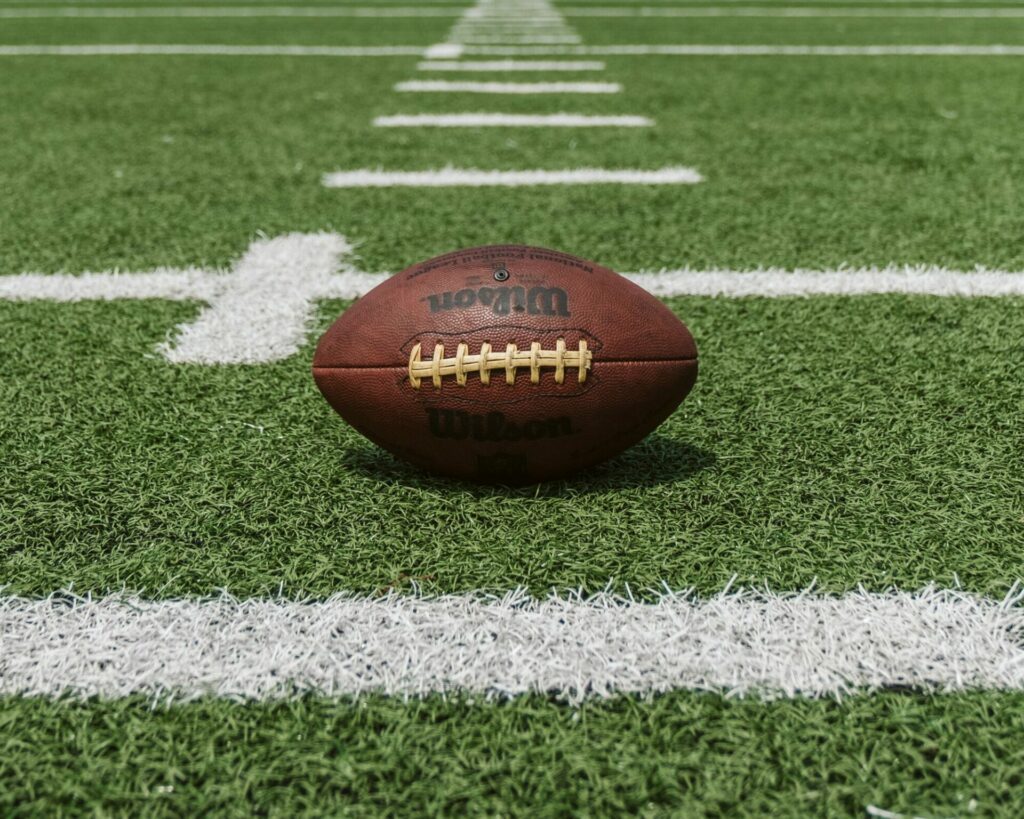In the United States, American football has the most participants of any other sport at both the high school and college level. The NFL (National Football League) is the leading professional football league in the United States. It comprises 32 franchises divided into two conferences, each of which have extensive staffs focused on the safety and well-being of their players. For many athletic trainers, being able to work in the NFL is a lifelong dream come true.
What is it like to be an NFL athletic trainer? How much do NFL athletic trainers make? How does a person become an athletic trainer for an NFL team? Let’s take a look.
What are athletic trainers?
As defined by the National Athletic Trainers’ Association (NATA), an athletic trainer is a highly qualified, multi-skilled health care professional specifically trained in the prevention, examination, diagnosis, treatment and rehabilitation of medical conditions and emergent, acute, and chronic injuries.
Athletic Trainers in the NFL
Athletic trainers are only one piece of a successful NFL team, but they have an important role to play. Their specialization in orthopedic injury prevention and rehabilitation keeps players on the field, helps players return to the field as quickly and safely as possible after an injury, and in general helps athletes achieve their maximum athletic potential. How do they achieve this?
Duties and roles of NFL athletic trainers
As mentioned above, all athletic trainers help with the prevention, examination and diagnosis, and treatment and rehabilitation of athletic injuries. Let’s look at each of those through the lens of the NFL.
Prevention
An athletic trainer for the NFL helps athletes prevent injuries by examining equipment, creating injury prevention programs, and surveying the field while players are active for possible scenarios where the risk of injury is higher. They also help develop and implement emergency action plans, which are distributed to the entire care team, so if an injury occurs the entire team knows what to do in order for the athlete to receive prompt care.
Examination and Diagnosis
When an injury does occur, an athletic trainer is the first on the scene. They quickly examine the injury and determine if the athlete can return to play. This requires them to make quick confident decisions with limited information.
Treatment and Rehabilitation
A spectator watching an NFL game may see an athlete hobble off the field leaning on an athletic trainer’s shoulder, but that is just the beginning of their journey through rehabilitation. Athletic trainers employ a wide variety of treatment options, including manual therapy, aqua therapy, physical exercises, and therapeutic modalities like ultrasound. These treatments may take several days, or several months. Athletic trainers work under the direction of a physician, and work closely with the other members of the care team to return the athlete to play as soon as safely possible.
Day in the life of an NFL athletic trainer
NFL Athletic Trainers agree: their job is a strenuous one. During the season, many start their day in the early hours of the morning and start providing treatments to athletes not long after. They remain at work as long as the athletes are there, and sometimes long after. Some report staying as late at 11pm on a semi-regular basis. During the season, they may be on-call 24/7, and they work for the duration of the season without much time off. Many report working 60-80 hours per week. They travel with the team, and they spend long stretches of time away from home. As difficult as this sounds, many enjoy the glamor of professional football and the comradery among the team. It’s a unique setting that brings fulfillment to those who enjoy this type of lifestyle.
How much do athletic trainers in the NFL make?
The average salary for an athletic trainer employed by an NFL team in 2008 (the latest data available) is $64,266. The salary range can vary by experience from as little as $30,000 to more than $100,000 a year.
How to become an athletic trainer for an NFL team
In 49 out of 50 states, professional athletic trainer jobs require some form of licensure or certification. To become a certified athletic trainer, the candidate must graduate from an accredited master’s program, such as our MSAT here at the University of Idaho. Upon graduation, they must pass the Board of Certification (BOC) exam. Once certified, he or she must meet ongoing continuing education requirements in order to remain certified. Athletic trainers must also work in collaboration with a physician and within their state practice act.
One way our program is beneficial for students who wish to work with the NFL is our immersive clinical model. During their degree, our students complete a minimum of 900 hours of clinical immersion. With more than 250 sites around the country (and adding more all the time) we have the ability to customize a student’s clinical rotations to match their career goals. This means that by the time a student completes their degree, they already have connections to working professionals in the specific setting they would like to work in.
Athletic trainers often begin a career in the NFL is with an NFL internship. We have an entire blog post on this topic available here.
In conclusion
Thanks for reading about athletic trainers in the NFL. If you’re interested in this career path, the University of Idaho athletic training program may be just what you’re looking for to stand out in the sea of applicants. We can help you get the professional contacts and experience needed to be an exceptional candidate
